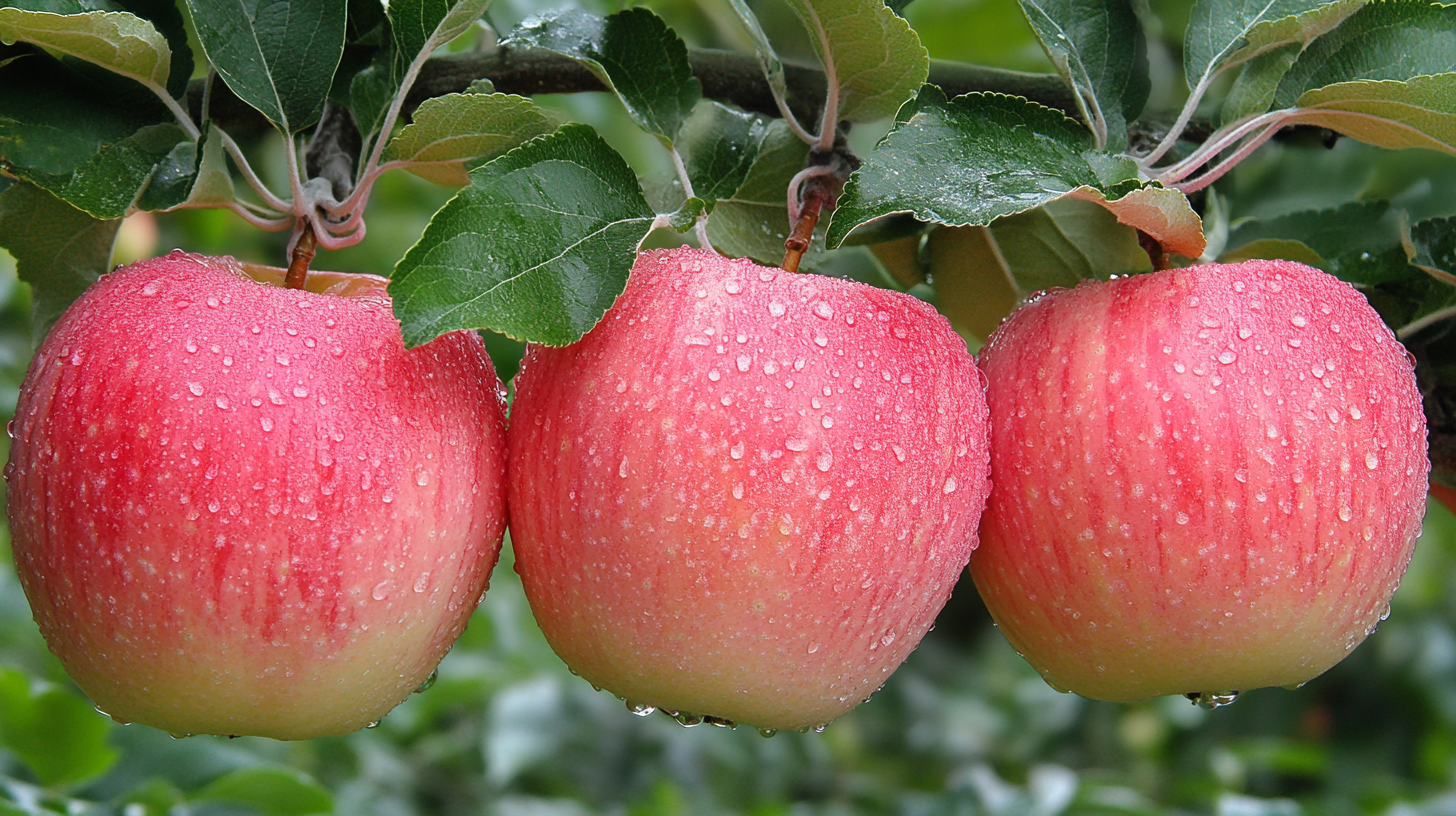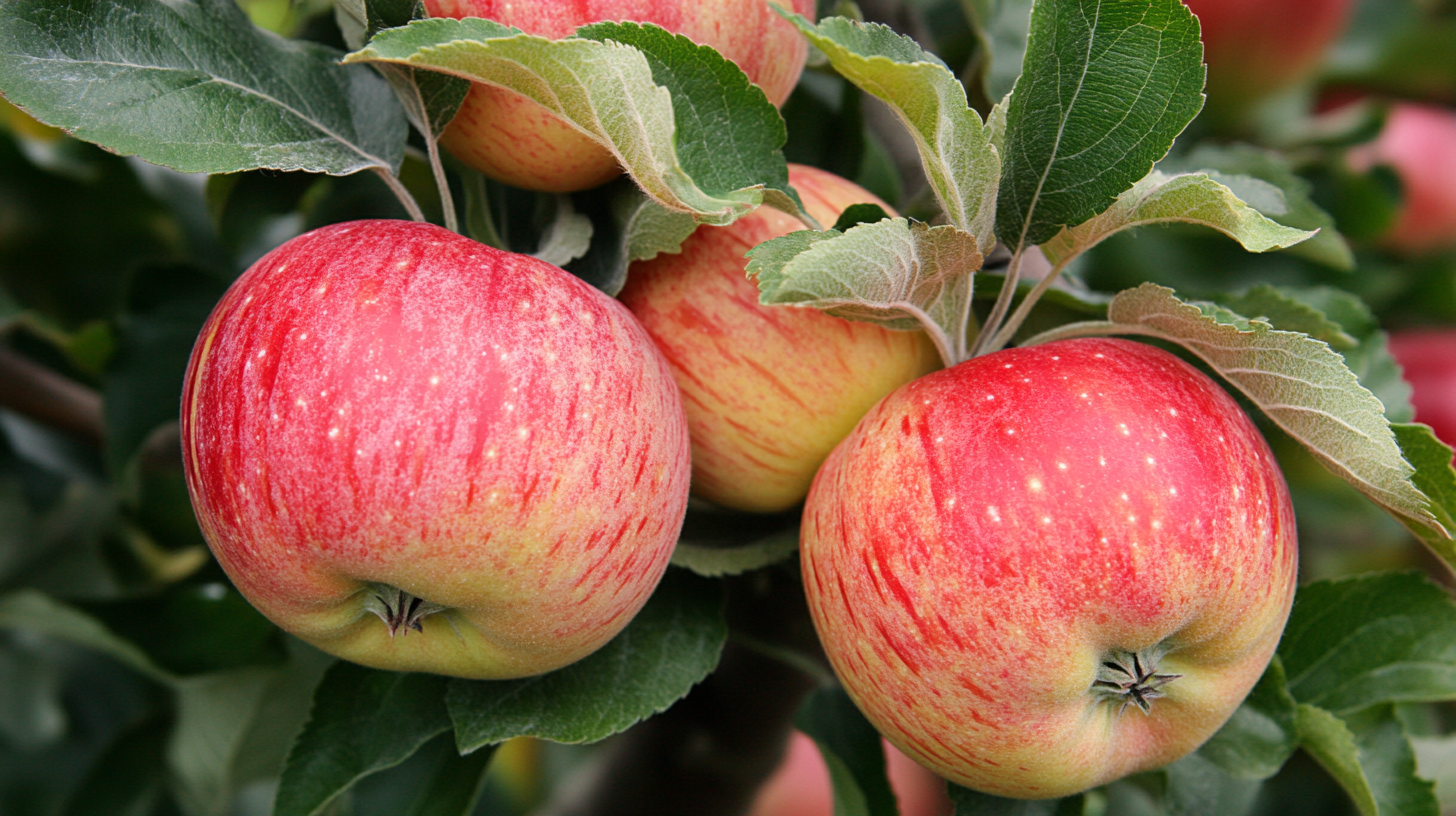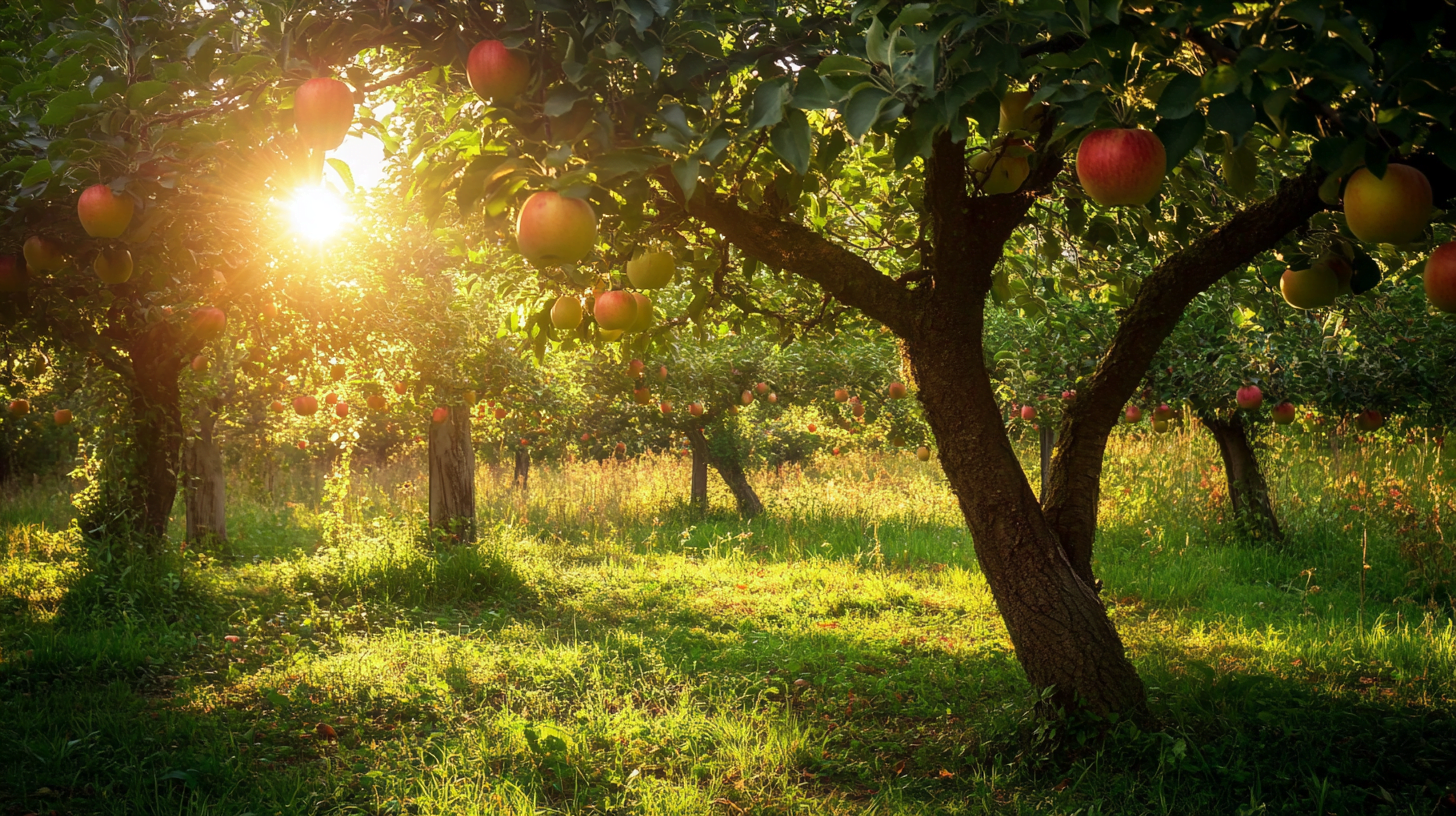Beautiful Plants For Your Interior
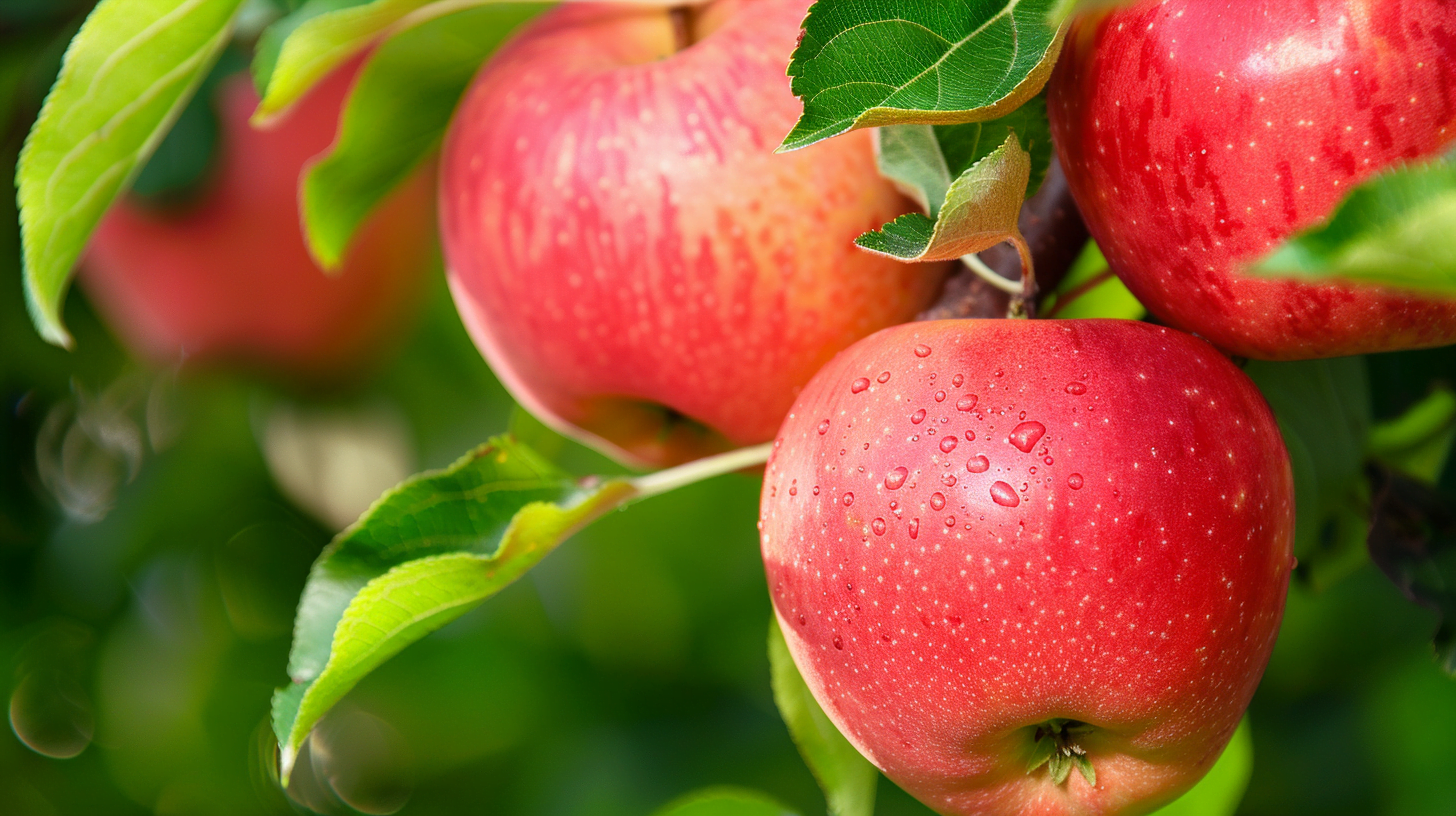
Table of Contents
Apple trees come in various fruiting types, but spur bearing varieties stand out for their unique growth habits and productivity. If you’ve ever wondered which apple trees are spur bearing or how they differ from other types, you’re in the right place. This guide will dive deep into the world of spur bearing apple trees, offering valuable insights for both novice gardeners and seasoned orchardists.
What Are Spur Bearing Apple Trees?
Spur bearing apple trees are a distinct type of apple tree characterized by their unique fruiting habit. Unlike other apple trees, spur bearers produce most of their fruit on short, stubby branches called spurs. These spurs typically develop on wood that’s two years old or older, creating a compact and highly productive tree structure.
To understand spur bearing trees better, let’s compare them with other fruiting types:
| Fruiting Type | Description | Examples |
|---|---|---|
| Spur Bearing | Fruit mainly on short spurs | Red Delicious, Golden Delicious |
| Tip Bearing | Fruit at the tips of branches | Bramley’s Seedling, Discovery |
| Partial Tip Bearing | Fruit on both spurs and branch tips | Gala, Granny Smith |
Spur bearing apple trees offer several advantages:
- Compact growth habit, ideal for small gardens
- Higher fruit production per branch length
- Excellent for espalier and other training methods
- Easier pruning and maintenance
Popular Spur Bearing Apple Varieties
When considering which apple trees are spur bearing, you’ll find a wide range of options. Here are some popular varieties:
- Red Delicious: Known for its deep red color and sweet flavor
- Golden Delicious: Yellow-green apples with a balanced sweet-tart taste
- Macintosh: Crisp, tangy apples perfect for snacking and cooking
- Spartan: A cross between McIntosh and Yellow Newtown Pippin, with a sweet-tart flavor
- Empire: A cross between McIntosh and Red Delicious, known for its crisp texture
Each of these varieties has its unique characteristics, but all share the spur bearing growth habit that makes them popular among growers.
How to Identify Spur Bearing Apple Trees
Identifying which apple trees are spur bearing can be crucial for proper care and pruning. Here are some tips to help you spot a spur bearer:
- Examine the branch structure during the dormant season
- Look for clusters of fruit buds on short, stubby branches (spurs)
- Observe fruit placement during the growing season – spur bearers will have fruit close to main branches
- Compare the tree’s overall shape – spur bearers often have a more compact, less spreading form
Remember, some trees can exhibit both spur bearing and tip bearing characteristics, so careful observation over time is key.
Pruning Spur Bearing Apple Trees
Proper pruning is essential for maintaining healthy and productive spur bearing apple trees. Here’s a quick guide:
- Timing: Prune during the dormant season, typically late winter to early spring
- Technique: Focus on removing crossing branches and those growing towards the center of the tree
- Spur preservation: Be careful not to remove too many spurs, as these are your primary fruiting sites
- Renewal: Occasionally remove older spurs to encourage new growth
Pruning spur bearing trees requires a lighter touch compared to tip bearing varieties. The goal is to maintain an open structure while preserving the valuable fruiting spurs.
Caring for Spur Bearing Apple Trees
To ensure your spur bearing apple trees thrive, follow these care tips:
- Soil: Well-draining, slightly acidic soil (pH 6.0-7.0) is ideal
- Sunlight: Full sun exposure (6-8 hours daily) promotes best fruit production
- Watering: Consistent moisture is crucial, especially during fruit development
- Fertilization: Apply a balanced fertilizer in spring, adjusting based on soil tests
- Pest management: Regular monitoring and integrated pest management practices help prevent issues
Remember, healthy trees are more resistant to pests and diseases, so good overall care is your best defense.
Training Spur Bearing Apple Trees
Spur bearing apple trees are excellent candidates for various training methods, particularly espalier. This technique involves training the tree to grow flat against a wall or trellis, maximizing space efficiency and sun exposure.
To espalier a spur bearing apple tree:
- Choose a young tree and plant it near a support structure
- Select 3-5 main branches to form tiers
- Tie these branches horizontally to the support
- Prune vertical shoots, maintaining the horizontal structure
- Allow spurs to develop along these horizontal branches
This method not only creates a visually striking tree but also makes harvesting and maintenance easier.
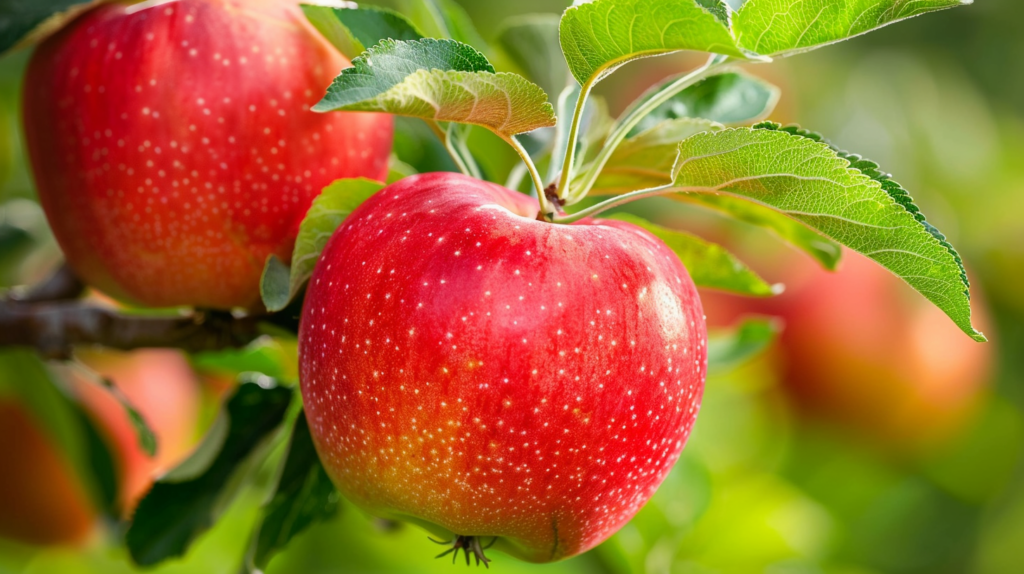
Harvesting Apples from Spur Bearing Trees
Knowing when and how to harvest is crucial for enjoying the best quality fruit from your spur bearing apple trees. Here are some tips:
- Timing: Most apples are ready when they easily detach from the spur with a gentle twist
- Color: Check for the variety’s characteristic ripe color
- Texture: Ripe apples should feel firm but not hard
- Taste: Sample a few apples to ensure they’ve reached peak flavor
When harvesting, be gentle to avoid damaging the spurs, as they’ll produce fruit again next year.
Conclusion
Understanding which apple trees are spur bearing and how to care for them can significantly enhance your apple growing experience. These compact, productive trees offer numerous advantages for both home gardeners and commercial orchardists. By following the guidelines outlined in this post, you’ll be well-equipped to cultivate thriving spur bearing apple trees that produce bountiful harvests year after year.
Remember, whether you’re choosing your first apple tree or looking to expand your orchard, considering spur bearing varieties can be a game-changer. Their unique growth habit, high productivity, and adaptability to various training methods make them an excellent choice for many growing situations. Happy apple growing!
